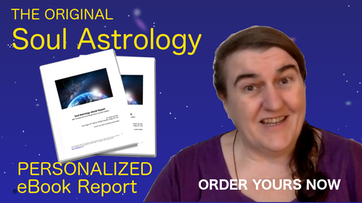
Ego is possibly one of the most misunderstood concepts of our time. The commonly held view is that if someone appears arrogant and selfish then they have a big ego, and if someone appears selfless and humble then they have no ego. Yet we can’t see ego from the outside!
Ego is our pervasive sense of self. It is the subtle sense of ‘me’ or ‘I’ that pervades all of what we think and do, and generates the sense of ownership, as in ‘this is mine’. Rarely do we question the concept of ‘me’. Yet if we observe our own mind: watching our thoughts and feelings as we go about the business of our day, we can watch the dance of ‘me’ as it plays out in our lives.
Even combing my hair this morning, I was aware of a subtle sense that ‘I’ was doing it. I was with some friends once when somebody said: ‘Ruth has no ego.’ While I might wish this were true, I know I certainly do have ego because I watch it throughout the day. Sometimes stronger, sometimes weaker. Weaving in and out. I notice when the sense of ‘me’ subsides, I feel very relaxed and more peaceful. I notice when the sense of ‘me’ or ‘mine’ is stong, I feel more tense or agitated.
Similarly someone once told the Indian mystic OSHO, 'you have a big ego’, to which OSHO replied, ‘I know I don’t because when I look within, it is not there’. The only one who can judge whether we still have ego or not, is ourselves. When we look within, can we find it?
I attended a teaching with Geshe Tashi Tsering at Jamyang Buddhist Center in London some years ago where he invited us to watch all the different ways the ‘I’ shows up. Sometimes it is a ‘possessor’ of objects: ‘I have a computer. This is mine’. The sense of possession actually feeds the sense of ‘me’ and ‘mine’. Sometimes it is as an agency or ‘doer’: ‘I am writing this blog. I did that!’ The sense of being an agent who is perpetrating the action feeds the sense of ‘me’ and makes it stronger. These are just some examples, but the idea is to watch the many ways in which this sense of self gets strengthened or weakened throughout the day.
We can become very defensive, agitated and insecure when our sense of self is threatened. (This is a particularly good time to observe it!) Yet this sense of self, is not who we are. It is not our true nature. It is a mental concept that is constructed by our cognitive mind, and is continously re-constructed and reinforced throughout each day, as we relate to the outer world.
Sooner or later our journey of self-exploration brings us, in some way, to examine where this sense of self comes from. Once we go beyond ego, or the constructed sense of self created by habitual conceptual thinking, we arrive at unity consciousness. This is what buddhists describe as ‘no-self’ or ‘emptiness’. Buddhist teacher Ajahn Chah once said 'There is no self. There is no such thing', while the Indian sage Ramana Maharshi said 'There is nothing other than Self'.
Who is right? They both are. Ramana Maharshi described his experience as ‘self’ because there is no separation whereas Ajahn Chah was referring to ego, our constructed sense of self. The universal consciousness which Ramana Maharshi referred to as Self, is very different from our ego.
How do we reach this peaceful state of oneness? Through self-exploration. By watching, observing our inner world as we move through our day. By watching the dance of ego, until we see for ourselves that it is not a solid self-existent entity, but rather something that we are continously creating with our own thoughts. Then we begin to see through it. I had a pretty peaceful shower this morning, until 'I' decided it was time for 'me' to sit and write this blog!
__________________________________________
Soul Path Astrologer, Author and Coach Ruth Hadikin, specializes in supporting you on your own greatest adventure: as you find and express your purpose, passion, and unique Soul Path through self-exploration.






